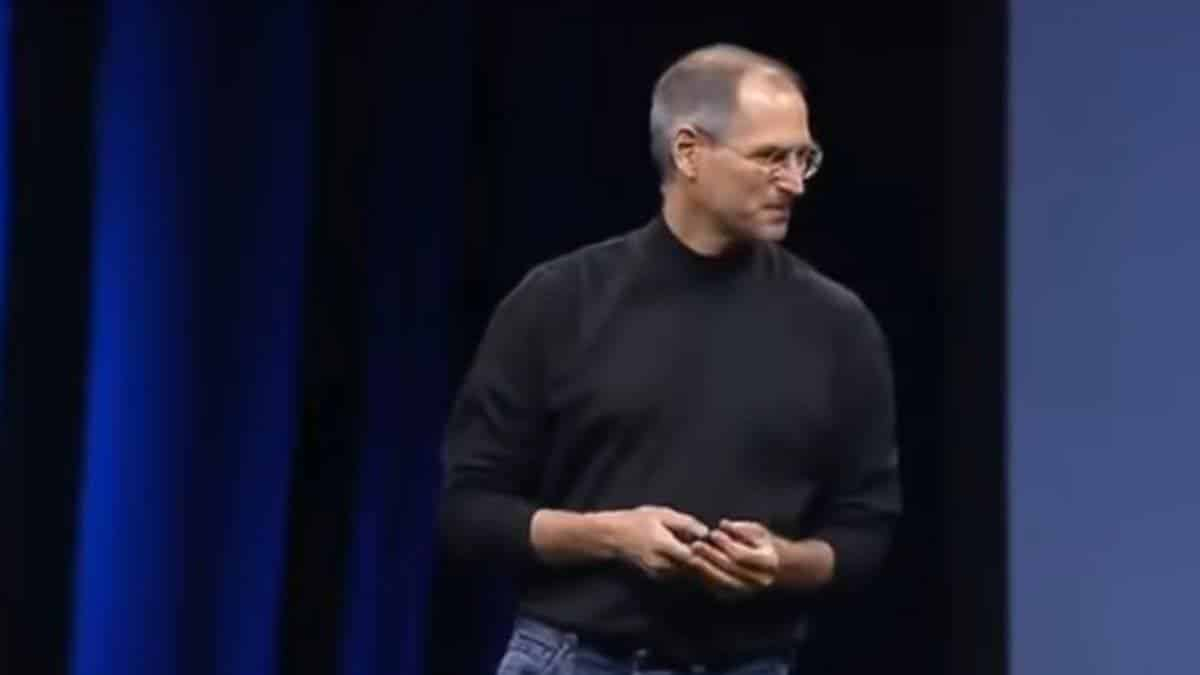15 Years ago Steve Jobs launched the First iPhone, Revisiting History
In January 2007, all of us in the room with Steve Jobs knew he was about to unveil something amazing. We had no idea how much it would affect the world.

The recollection of that historic morning at Macworld on January 9, 2007, has been compacted like a zip file by time. I get a fleeting glimpse of filing into the space at the Moscone Center in San Francisco that had already become synonymous with Apple Computer Inc. keynotes when I unpack it. I recall sitting at the stage’s left, watching Steve Jobs stroll out to the bass rumble of a James Brown bop.
I recall putting on my game brain, attempting to think like a sceptic rather than the wide-eyed Apple devotee I was below. Jobs was famous for constructing a “reality distortion field” around sparkling Apple items that wouldn’t last long (Apple Cube, anyone?) with a large help from his keynote cheering section, so reporters understood they had to resist. So I’d try to see the much-hyped iPhone for what it truly was, assuming it was ever called that.
Then I recall the game brain being completely defeated. With each new feature Jobs presented on this fantastic new “multi-touch” device, it became clearer and clearer that the phone game had been completely transformed; we were watching a leap ahead on par with the original Macintosh. In 2007, like in 1984, the question was whether enough people would buy this product to make a difference. Making my own purchase decision was my last uncompressed recollection of that day at Macworld. The iPhone was only available in 4GB and 8GB variants for $499 and $599, respectively, and would only be available on the Cingular network. So, even if I could get out of my two-year Verizon contract on my Palm Treo smartphone, I wouldn’t be dumping my 160GB iPod for one anytime soon.
(Because that’s what we used to call phones with little physical keyboards.)
When I watch that keynote again, 15 years later, on my sixth iPhone model, what strikes me is how innocent everyone in that room was, including Jobs. Even the great visionary himself couldn’t have predicted the wild, strange future of developer-driven iPhone apps in early 2007. Back then, they were known as “widgets,” and there was only one outside developer, Google. Even Google CEO Eric Schmidt, who rushed on stage to shake Jobs’ hand, had no idea that the two businesses would soon be battling it out for a huge new touchscreen market.
Jobs highlights how much of the iPhone is patented twice, implying that he foresaw a dispute similar to the one that stretched on for years with Samsung. Nobody could have predicted the rise of Twitter and Facebook or the massive circus of misinformation and conflict that would soon occupy these supremely user-friendly screens.
But that’s only the tip of the iceberg when it comes to the iPhone. A replay of this legendary speech in 2022 reveals a slew of fascinating historical nuggets, starting with one that has nothing to do with the iPhone.


